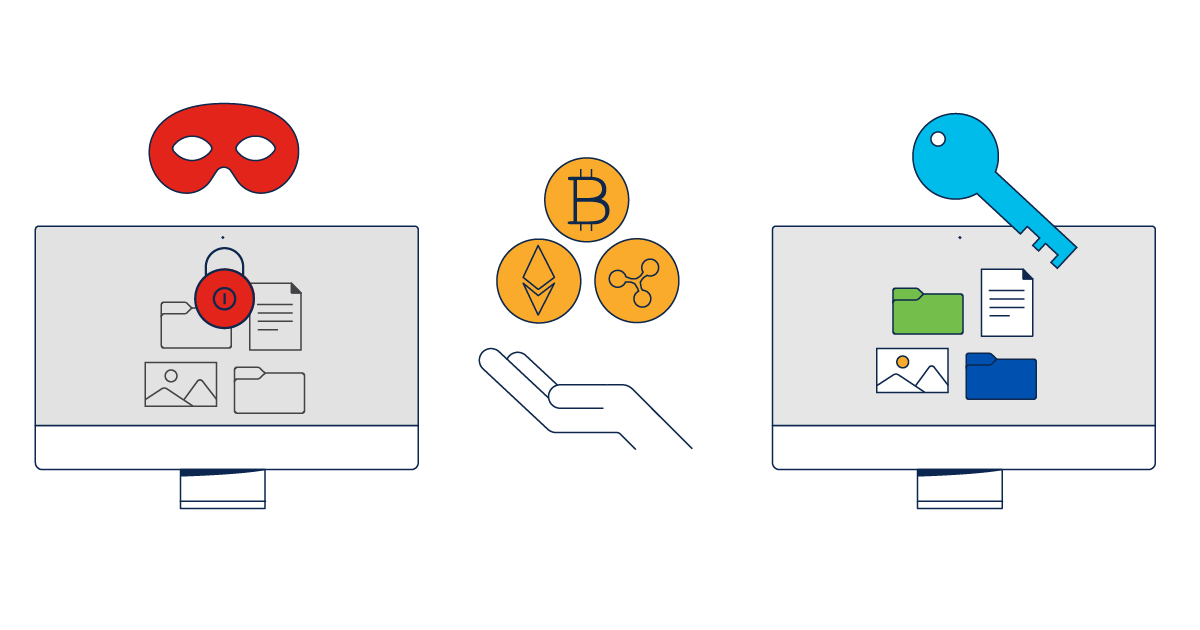Ransomware is a significant and escalating threat in today’s digital landscape. It is a type of malware that encrypts files on a victim’s system, making data inaccessible until a ransom is paid, usually in cryptocurrency. The malicious actors behind ransomware attacks often target individuals, businesses, and government institutions, leaving victims scrambling to regain access to their critical data. In this context, understanding ransomware data recovery is essential to minimize losses and restore normalcy without succumbing to the attackers’ demands.
This article will explore the core concepts of ransomware data recovery, strategies for effective recovery, and best practices to safeguard against future attacks.
Understanding Ransomware
Ransomware can be classified into two main types: encrypting ransomware and locker ransomware. Encrypting ransomware, the most common type, encrypts files and data, rendering them unusable until the decryption key is provided. Locker ransomware, on the other hand, locks the user out of their system entirely, preventing access but not encrypting files. Both types disrupt normal operations, but encrypting ransomware poses a greater challenge due to the complexity of recovering encrypted files without paying the ransom.
Attackers typically deliver ransomware via phishing emails, malicious links, or software vulnerabilities. Once inside the network, the malware spreads quickly, encrypting files and sometimes disabling security systems.
The Importance of Data Backups
One of the most critical aspects of ransomware data recovery is having a robust backup system. Regular, secure, and isolated backups are the best defense against ransomware attacks. Organizations that maintain up-to-date backups can avoid paying the ransom by simply restoring their files from a clean copy.
However, ransomware authors have become more sophisticated, and many newer variants are designed to locate and encrypt or delete backups. Therefore, it is essential to ensure backups are stored in an off-site location, such as cloud-based systems, or on devices that are disconnected from the network after backup completion.
Ransomware Data Recovery: Steps and Strategies
Contain the Spread: The first step after detecting a ransomware attack is to isolate the infected systems from the rest of the network. Disconnect all devices, and disable network access to prevent further spread. This action can limit the damage and preserve unaffected files.
Assess the Damage: Once the ransomware has been contained, it is crucial to evaluate which systems and data have been affected. Conducting a comprehensive assessment will help identify the extent of the encryption and prioritize recovery efforts.
Consult Experts: Professional ransomware recovery services or cyber-security experts should be contacted to guide the recovery process. These professionals can analyze the ransomware strain, determine if decryption tools are available, and offer advice on whether paying the ransom is advisable (although it is generally discouraged).
Restore from Backup: If secure, unencrypted backups are available, restore the affected data from the backup. Before restoring, ensure the ransomware has been completely eradicated from the system, or the restored files may also become encrypted.
Utilize Decryption Tools: In some cases, security researchers or cyber-security firms develop decryption tools for specific ransomware strains. If a decryption tool is available for the ransomware variant in question, it may be possible to recover data without paying the ransom. Websites like No More Ransom offer free tools for various ransomware families.
Partial Recovery Options: When decryption tools or backups are unavailable, some partial recovery methods may work. These include recovering shadow copies (if the ransomware has not deleted them) or utilizing file recovery software. However, these approaches are often hit-or-miss and may only recover a small percentage of lost data.
Avoid Paying the Ransom: Although the temptation to pay the ransom can be high, it is generally not recommended. Paying the ransom does not guarantee data recovery, and it incentivizes further attacks. Moreover, many governments advice against it, as paying could be seen as funding illegal activities.
Best Practices for Prevention and Mitigation
Regular Backups: The most effective way to mitigate the damage from ransomware is to maintain frequent backups of critical data. Ensure that these backups are stored securely and isolated from the primary network to prevent them from being targeted.
Keep Software Up to Date: Regularly update operating systems, antivirus software, and all installed applications to patch vulnerabilities that ransomware may exploit.
Employee Training: Since phishing is a common method of delivering ransomware, employee awareness and training are vital. Teach employees how to recognize phishing emails and other malicious activities to reduce the likelihood of accidental infection.
Endpoint Protection: Implementing strong endpoint protection systems, including firewalls, antivirus, and intrusion detection systems, can help identify and block ransomware before it causes harm.
Segment Networks: Segmenting your network can prevent ransomware from spreading across the entire organization. Critical systems and data should be kept separate to contain any potential infection.
Conclusion
Ransomware data recovery is a complex and often stressful process. However, with the right preparations—such as regular backups, updated security measures, and a well-thought-out incident response plan—organizations and individuals can recover their data and avoid paying ransoms. Prevention, preparedness, and the right recovery strategy are the best defenses against ransomware, ensuring minimal damage and quicker recovery from such attacks.

